New edition of the liturgical book for the Pope’s funeral
Francis approved it last April and it has been edited by the Office for Liturgical Celebrations. Archbishop Ravelli: "The renewed rite underlines that the funeral of the Roman Pontiff is that of a pastor and disciple of Christ and not that of a powerful man of this world"
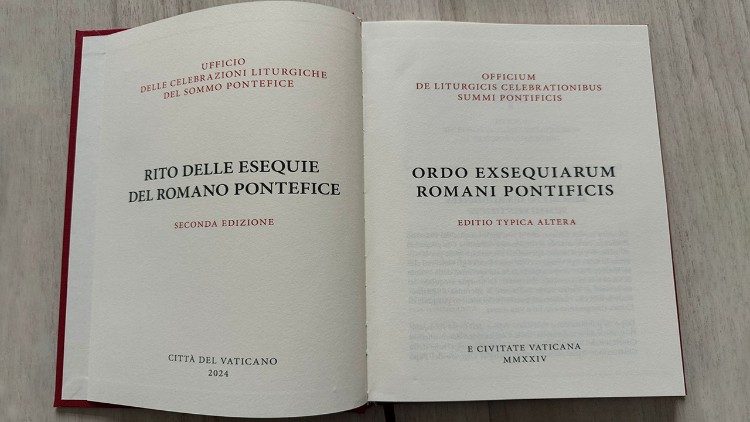
The Office for the Liturgical Celebrations of the Supreme Pontiff has edited and published the second typical edition of the Ordo Exsequiarum Romani Pontificis, approved on April 29, 2024 by Pope Francis, who received the first copy of the printed volume on November 4. Among the new features introduced are the confirmation of death no longer in the deceased’s room but in the chapel, the immediate deposition inside the coffin, the exposure of the Pope’s body to the veneration of the faithful already inside the open coffin, and the elimination of the traditional three coffins of cypress, lead, and oak. The liturgical book is presented as a new edition of its predecessor, the editio typica of the Ordo Exsequiarum Romani Pontificis approved in 1998 by Saint John Paul II and published in 2000, which was used at the funeral of the same Pontiff in 2005 and, with adaptations, at that of Pope Emeritus Benedict XVI in 2023. “A second edition was necessary,” explained Archbishop Diego Ravelli, Master of the Liturgical Celebrations of the Pontiffs, “first of all because Pope Francis asked, as he himself stated on several occasions, to simplify and adapt some rites so that the celebration of the funeral of the Bishop of Rome would better express the faith of the Church in the risen Christ… The renewed rite, moreover, underlined even more that the funeral of the Roman Pontiff was that of a pastor and disciple of Christ and not of a powerful man of this world.”
Continuity and innovation
The Office for Liturgical Celebrations, with the help of various experts, has carried out a thorough revision of the entire book, then intervening in the lexicon, the liturgical texts and each of the rites, adapting the entire ritual to the new Constitution Prædicate Evangelium of March 2022 which, while maintaining the office of the Camerlengo, abolishes the Apostolic Camera. The three classic “stations” are maintained: that of the home of the deceased, that of the Vatican Basilica and that of the burial place. “However,” Monsignor Ravelli continues, “the internal structure of the Stations and the texts have been revised in the light of the experience gained with the funerals of St John Paul II and Benedict XVI, of current theological and ecclesial sensibilities, and of the recently renewed liturgical books.” Among the most significant new features is the simplification of the papal titles: the terminology used in the third edition of the Missale Romanum (2008) has been revived, that is, the appellations Pope, Episcopus [Romæ] and Pastor, while the general premises and rubrics have been replaced by the expression Romanus Pontifex, in keeping with the title of the liturgical book. The Italian translation has revived the vocabulary used in the second edition of the Rite of Funerals (2010), published by the Italian Episcopal Conference, from which much of the terminology of the Italian version of the Rite has been updated, for example by preferring the term feretro to indicate the body already closed in the coffin. «The structure of the new Ordo – adds the Master of Pontifical Celebrations – has been simplified, revising or eliminating various ritual elements that were difficult to coordinate or were now considered inappropriate. In addition, each ritual sequence has been made clearer and more precise, just as the competences and functions of those involved in the preparation and execution of the rites have been better defined».
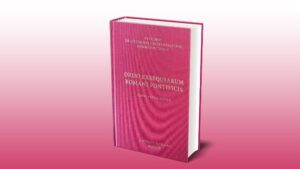
The first station, “at the home of the deceased”, includes the new features of the confirmation of death in the deceased’s private chapel instead of in the chamber, and the deposition of the body in the single wooden coffin and in the inner zinc coffin, before its transfer to the Basilica. The first transfer to the Apostolic Palace has been eliminated. Some passages have been refined by remodelling the second station: since the deposition in the coffin has already taken place after the confirmation of death, the coffin is closed on the eve of the funeral Mass. The second station, “in the Vatican Basilica”, includes a single transfer to St. Peter’s, the closing of the coffin and the funeral Mass. In the Vatican Basilica, the body of the deceased Pope is displayed directly on the coffin and “no longer on a raised coffin”, and, in accordance with what is established in the Cæremoniale Episcoporum for the funeral of diocesan bishops, during this display the papal crosier will not be placed next to the coffin. Finally, the third station “at the place of burial” includes the transfer of the coffin to the tomb and the burial. “This station,” explains Ravelli, “has undergone a significant rationalisation due to the suppression of the deposit and closure of the cypress coffin in a second one of lead and a third of oak or other wood.” Another novelty is the introduction of the necessary indications for a possible burial in a place other than the Vatican Basilica.
Thorough revision of the texts
The new edition of the Ordo Exsequiarum Romani Pontificis has also undergone a thorough revision of the rubrical, Eucharistic and biblical texts. In particular, the Latin prayers have had to be brought into line with the third typical edition of the Missale Romanum of 2008 and with the biblical translation of the Nova Vulgata, while the Italian translation has been brought into line with the third edition of the Roman Missal of 2020 and with the CEI Lectionary in force since 2008. “In order to allow greater freedom in the choice of the repertoire to be performed,” adds Mgr Ravelli, “it was decided to eliminate the musical notation, while inserting precise references to the pages of the Graduale Romanum of 1979, as the official liturgical book of chant of the Roman Church. In this case, too, the texts of the psalms have been brought into line with the Nova Vulgata.” Typographical errors have been corrected, and some translations have been improved to correspond to the original Latin. The Litany of the Saints, sung during the funeral on two occasions: during the transfer of the Pope’s body to the basilica, in the longer form, and during the traditional supplication of the Church of Rome, at the end of the funeral Mass, for which the short form has been chosen. All the saints celebrated with the degree of obligatory feast or memorial, indicated in the General Calendar, have been included, and have been completed with the inclusion of all the holy Popes present in the General Calendar with the degree of optional memorial and some saints of the Church of Rome.
The “Novendiales”
A fourth and final chapter of the liturgical book is dedicated to the provisions for the novendiales, the Masses in suffrage of the deceased Pope celebrated for nine consecutive days beginning with the funeral Mass. The ritual includes four, and no longer three, forms of prayer, since all the prayers offered in the Missale Romanum for the deceased Pope and for the deceased diocesan bishop have been included. Unlike the previous edition, the texts of the Lectionary are omitted, with only the biblical indications being offered in their place. Finally, this new edition does not include the important appendix with the Ordinary of the Mass, the collections of penitential psalms and graduals, and the chants of the Ordinary in Gregorian notation. “The Ordo Exsequiarum Romani Pontificis,” concludes the Master of Pontifical Celebrations, “is not conceived as a plenary missal,” but as an Ordo in the proper sense of the term, that is, containing the ritual indications, the development of the rites and the proper texts, but referring for everything else to the liturgical books in use, that is, the missal, the lectionary and the gradual. The result, therefore, is a more agile volume, easy to consult and precise in its ritual indications, an essential instrument for the preparation and celebration of the funeral of the disciple of Christ, chosen as the successor of Peter.
Related
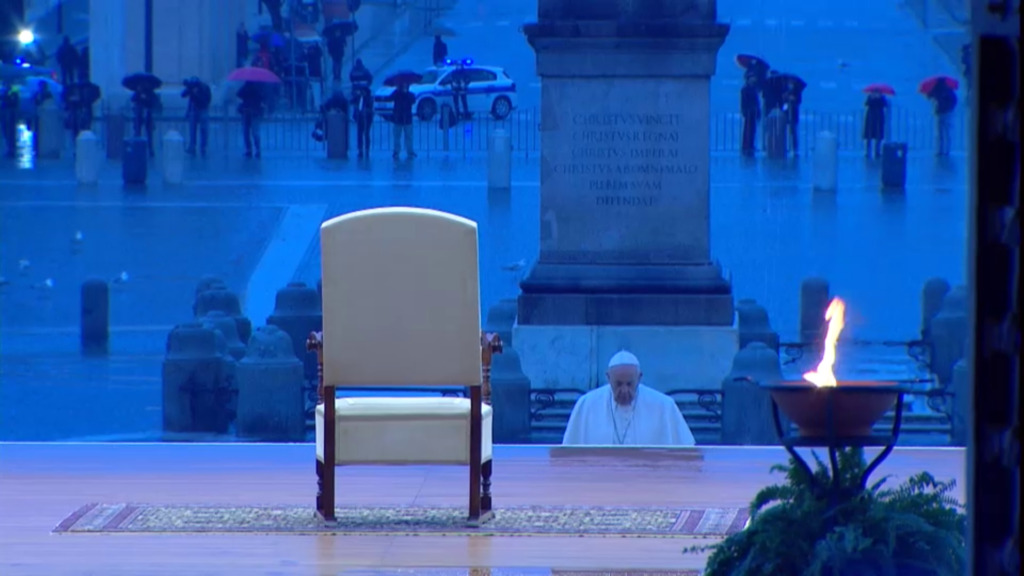
Five Years After Statio Orbis: Hope in the Midst of the Storm
Exaudi Staff
27 March, 2025
2 min
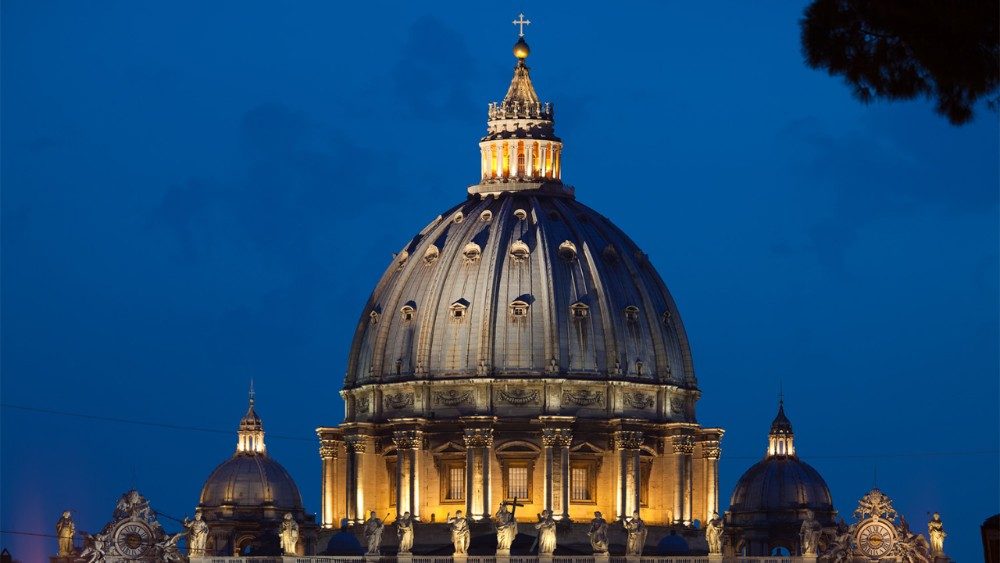
St. Peter’s Dome Will Have New Lighting for Easter
Exaudi Staff
20 March, 2025
1 min
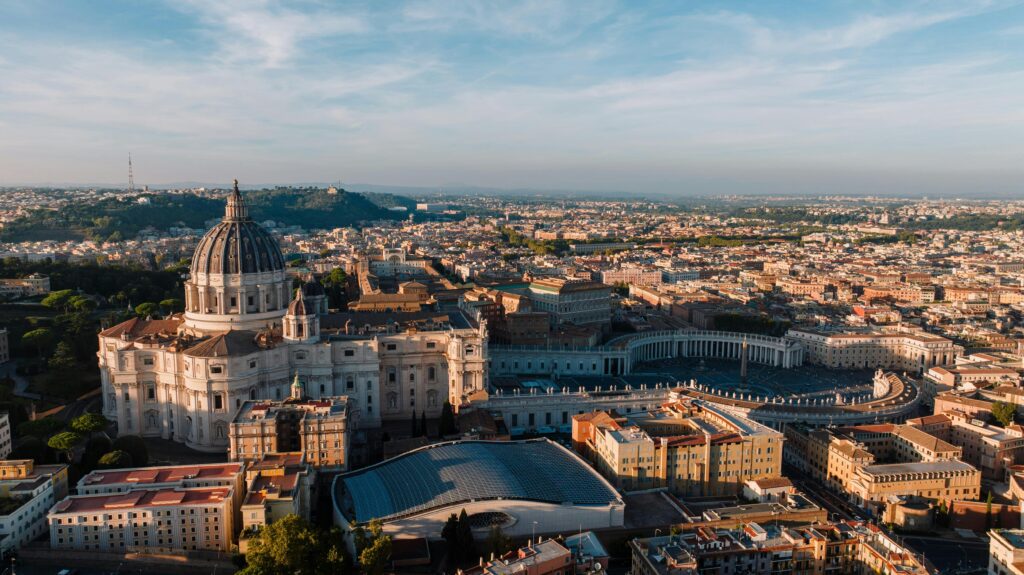
In St. Peter’s Basilica, the ancient rite of the “Statio Lenten” (Lent Station)
Exaudi Staff
17 March, 2025
2 min
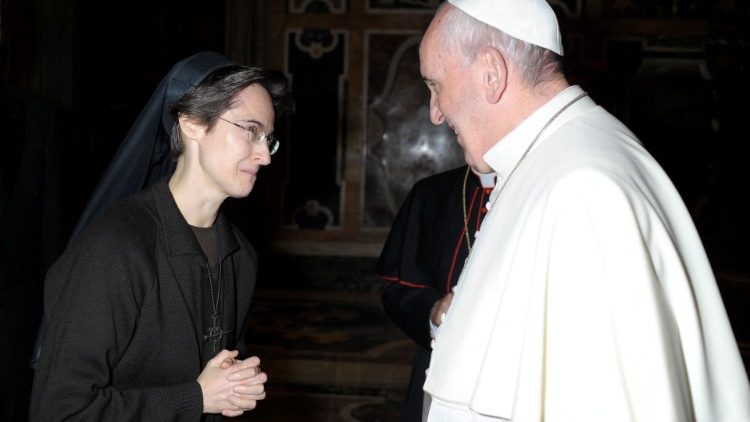
Sister Raffaella Petrini appointed as new president of Vatican Governorate
Exaudi Staff
17 February, 2025
1 min
 (EN)
(EN)
 (ES)
(ES)
 (IT)
(IT)

